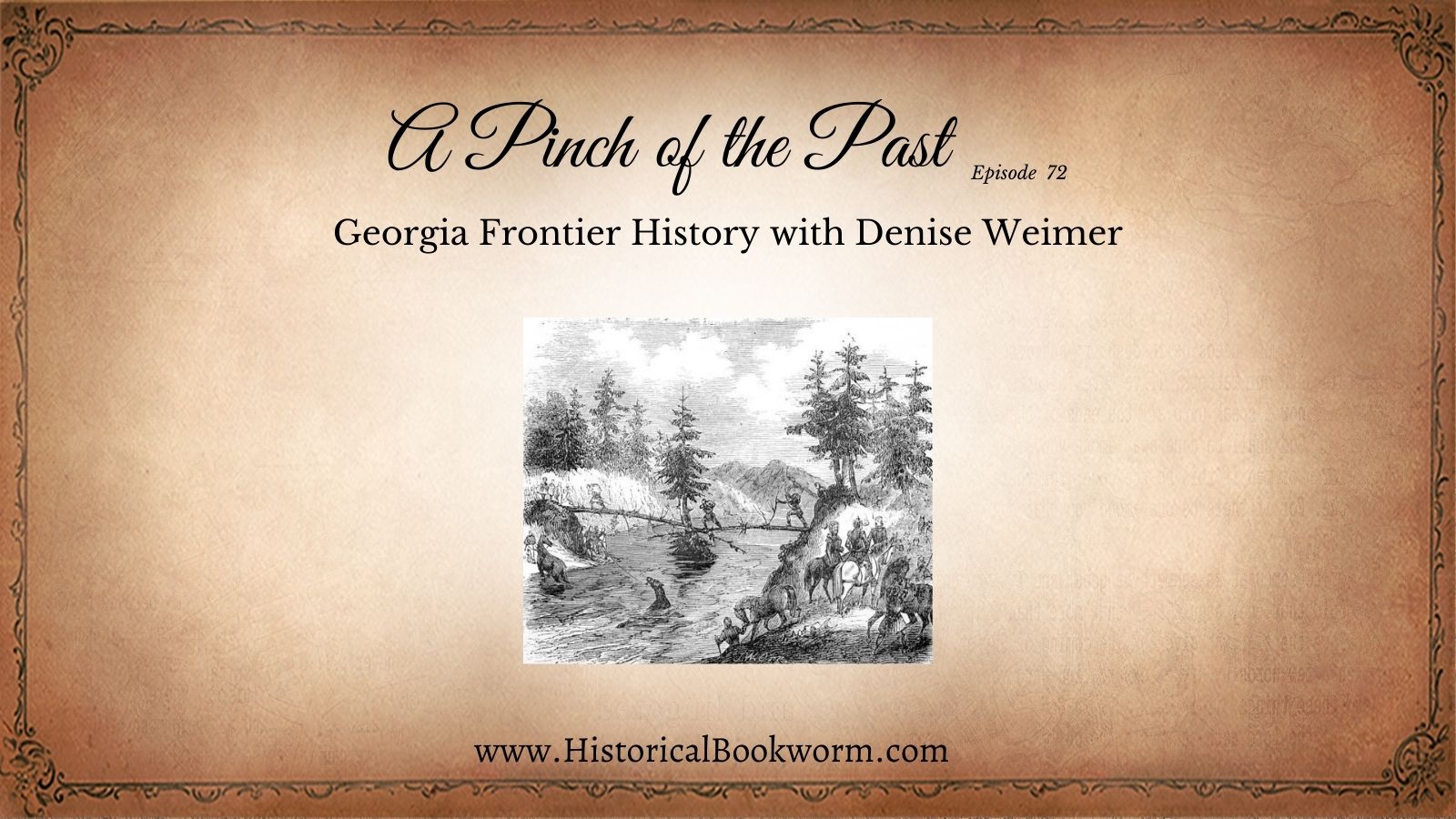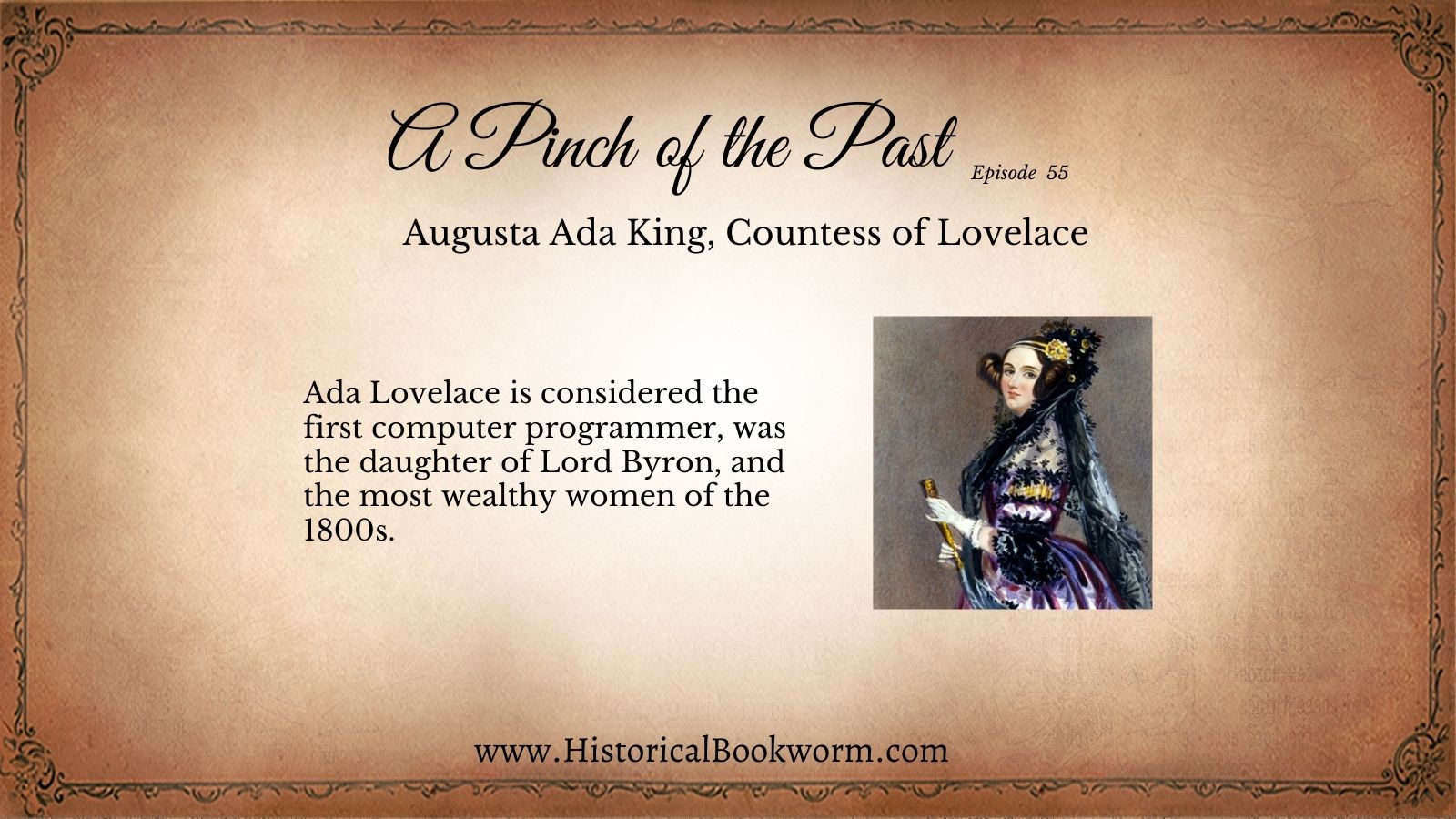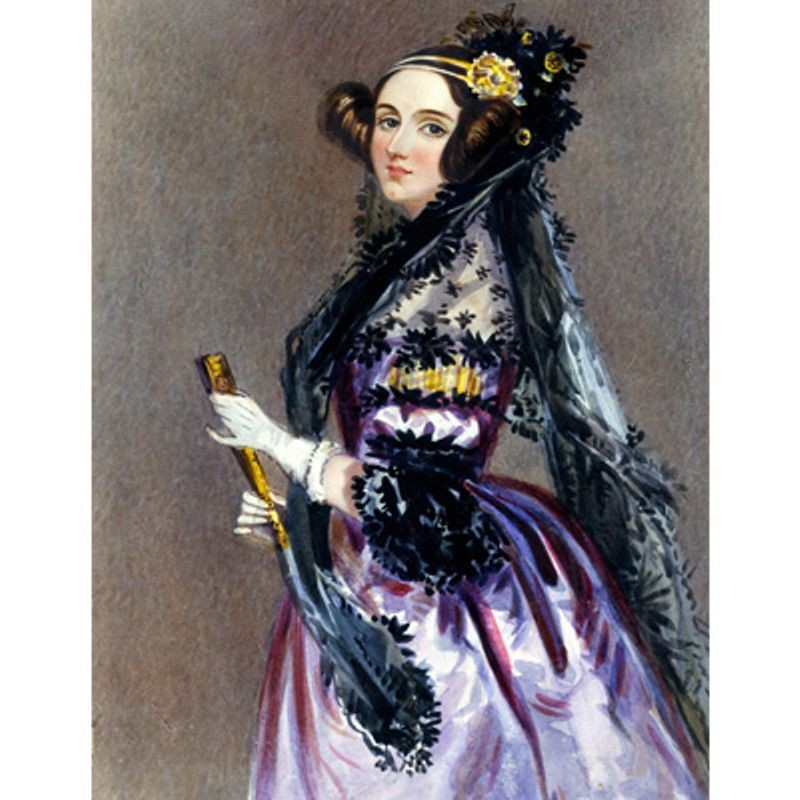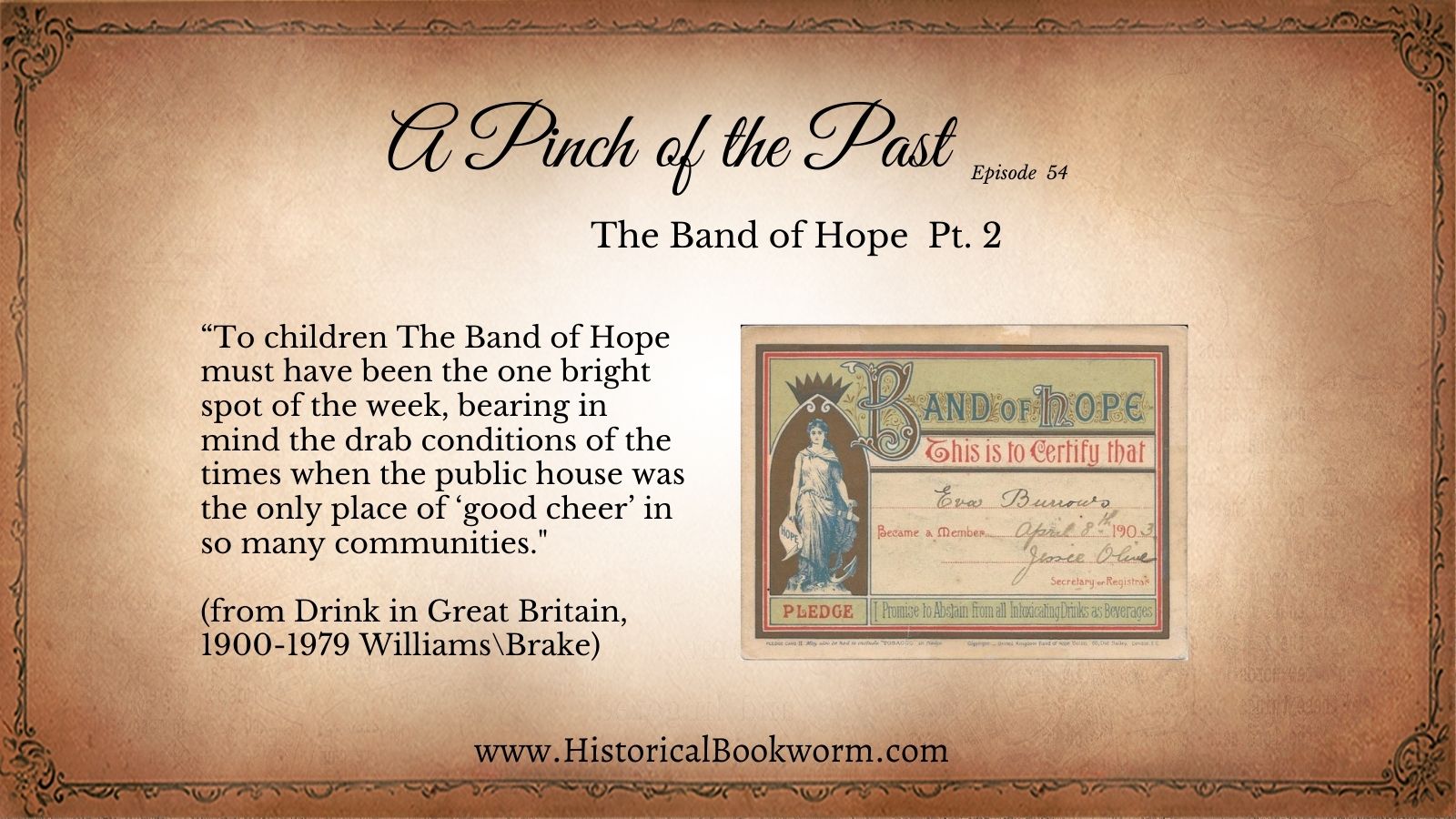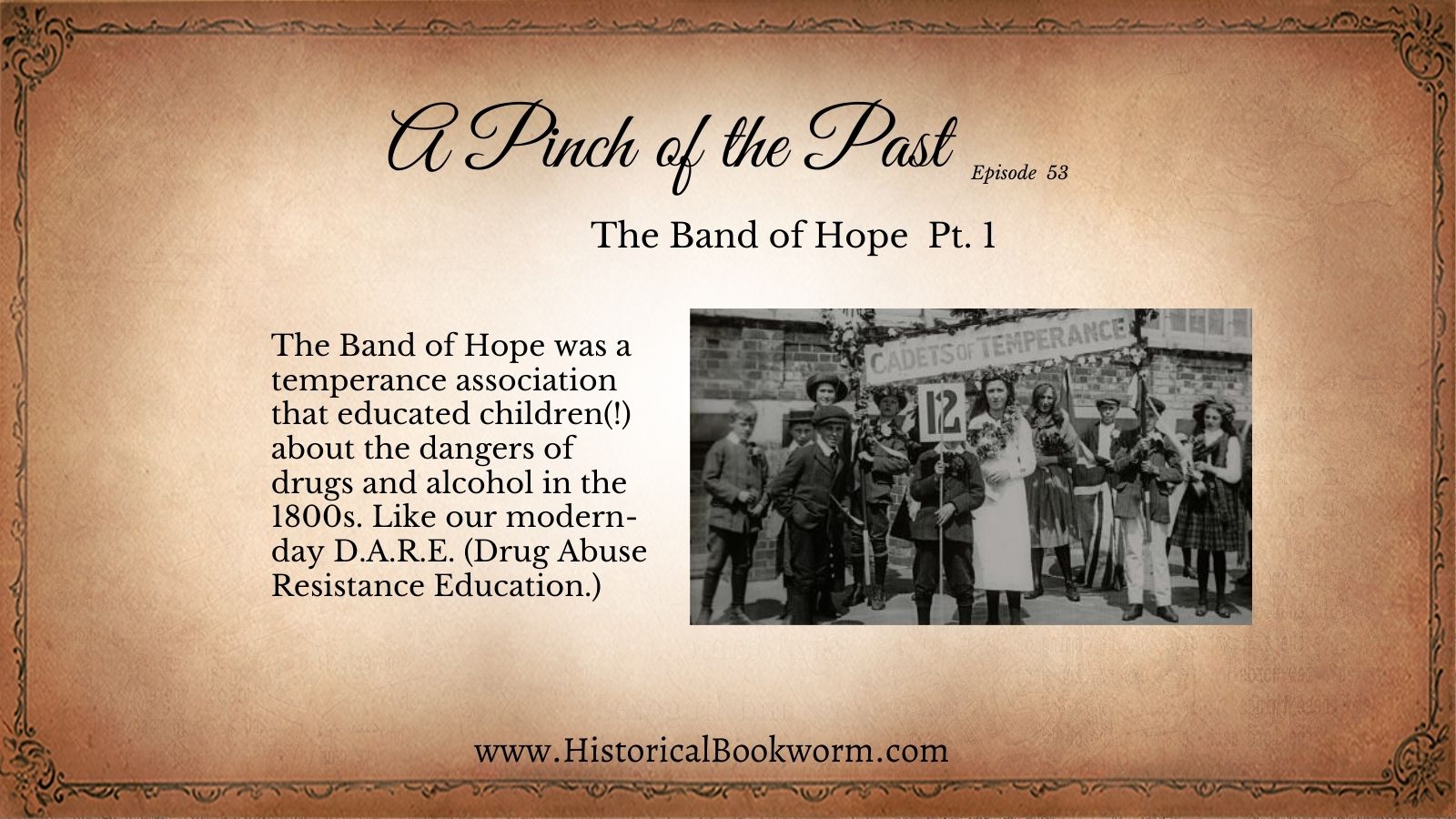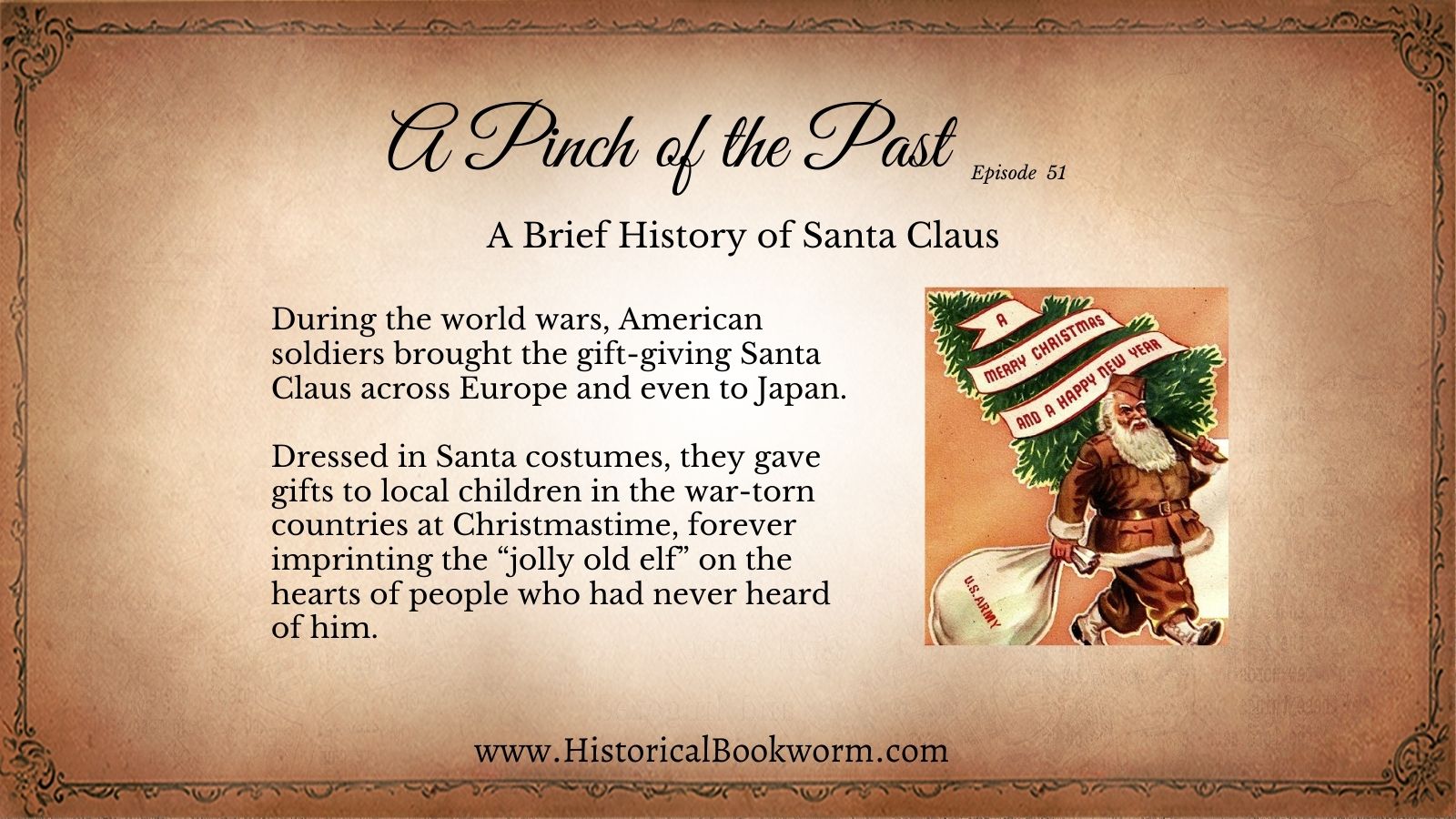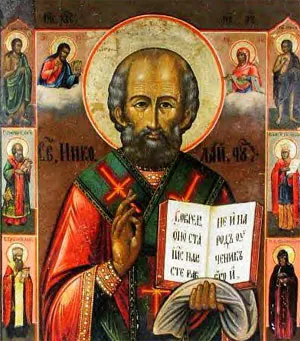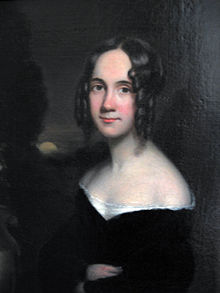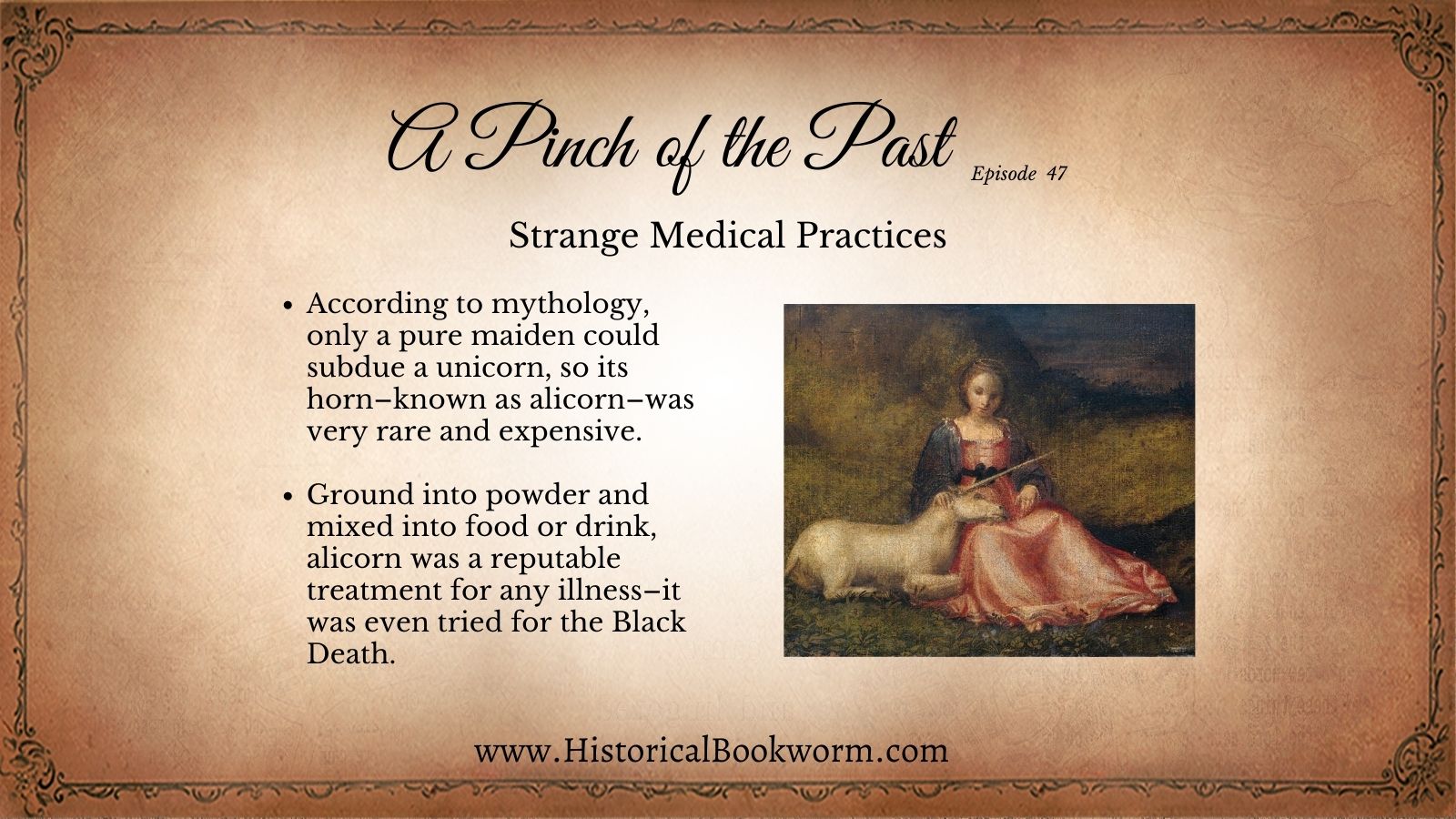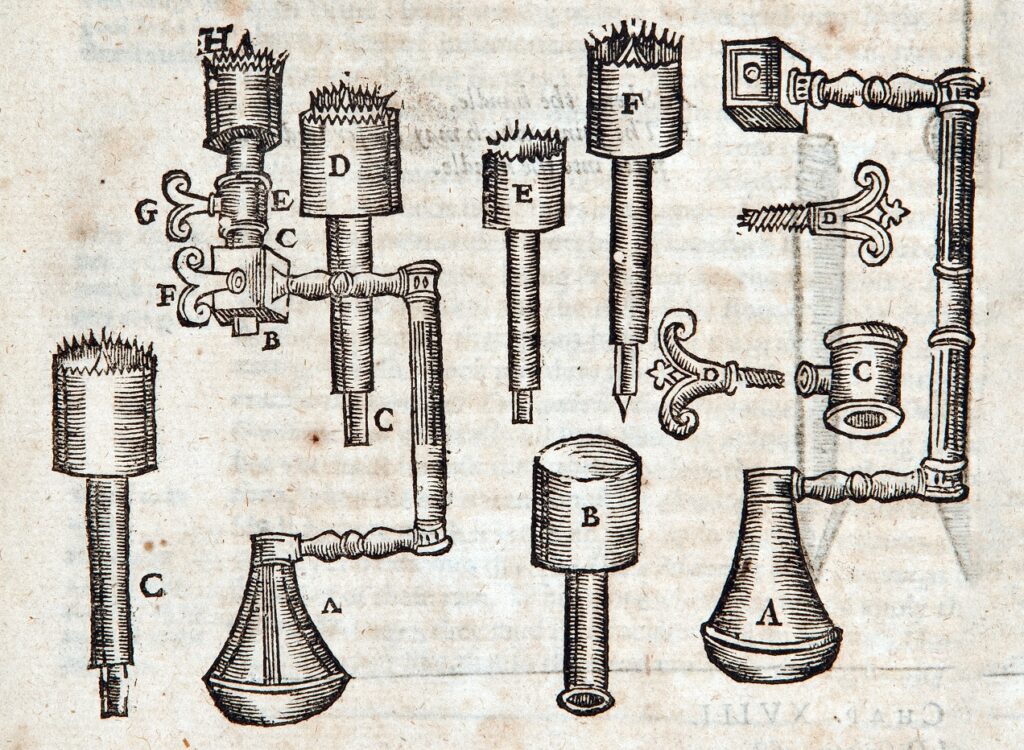Subscribe to Historical Bookworm Show Apple Podcasts | Spotify | Amazon Music | Android | Pandora | Email | RSS | Subscribe to the Historical Bookworm

The Caribou Mountain in Idaho is a serene destination, but behind the snow caps and rocky faces, a historical story to match the name. I ran across Jesse (Cariboo Jack) Fairchild when researching book 1 of my Outlaw Hearts series. Cariboo Mountain is, in fact, the scene of a crime in that story.
Continue reading “Jesse “Cariboo Jack” Fairchild–Miner and Mountain Man”

